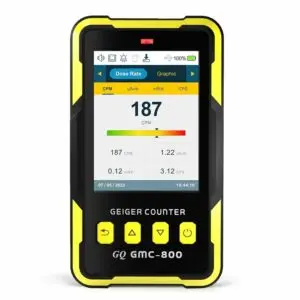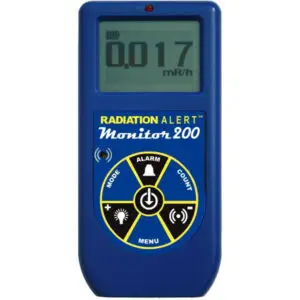
American Eagle Silver Bullion Coins: A Comprehensive Overview

American Eagle Silver Bullion Coins are a cornerstone of precious metal investing and collecting in the United States and around the world. Since their introduction in 1986 by the U.S. Mint, these coins have not only served as a staple for investors but also as a piece of American heritage that symbolizes purity, strength, and freedom. This article delves into the history, minting locations, investment value, Individual Retirement Account (IRA) considerations, tax implications, and the various types and specifications of American Eagle Silver Bullion Coins.
History and Background
The American Silver Eagle was conceived as part of the Liberty Coin Act, which was enacted in 1986. This act aimed to reduce the national stockpile of silver and provide a way for individuals to invest in a secure and tangible asset. The design of the coin features Adolph A. Weinman’s “Walking Liberty” on the obverse, which was first seen on the half dollar coin from 1916 to 1947, symbolizing liberty and freedom. The reverse, designed by John Mercanti, depicts a heraldic eagle with a shield, an olive branch in the right talon, and arrows in the left.
Minting Locations
American Eagle Silver Bullion Coins are minted at various locations of the United States Mint, including but not limited to the Philadelphia, San Francisco, and West Point mints. The specific minting location can often be identified by mint marks on collector’s editions, though bullion coins typically do not carry a mint mark.
Investment Value
Silver Eagle are a popular choice among precious metal investors for several reasons. Firstly, their silver content is guaranteed by the U.S. government, ensuring each coin contains one troy ounce of 99.9% pure silver. Secondly, they are highly liquid, meaning they can be easily bought and sold worldwide. Their value is primarily based on the spot price of silver, though collector’s versions can fetch higher prices due to rarity and condition.
IRA Eligibility and Tax Issues
Silver Eagles are one of the few silver bullion coins eligible for inclusion in a Self-Directed Individual Retirement Account (IRA), providing a tax-advantaged way to invest in precious metals. However, investors should be aware of the potential tax implications when buying or selling these coins, as profits from sales may be subject to capital gains tax. It’s advisable to consult with a tax professional to understand specific tax liabilities and strategies.
Different Types of Silver Eagle Coins
There are primarily two types of American Silver Eagle coins: bullion and collector’s editions. Bullion coins are intended for investors and are valued based on their metal content. Collector’s editions, which include Proof and Burnished options, are sold at a premium and are sought after by collectors for their aesthetic appeal and rarity.
Specifications
Each Silver Eagle coin contains one troy ounce of .999 fine silver, with a diameter of 40.6 mm and a thickness of 2.98 mm. While they do not come in different sizes like gold coins, their uniform specification ensures consistency and recognizability in the market.
Conclusion

American Eagle Silver Bullion Coins offer a blend of historical significance, investment value, and beauty. Whether for an investment portfolio, an IRA, or a personal collection, these coins provide a secure and tangible asset that represents a piece of American pride. Investors and collectors alike appreciate the blend of artistry, history, and value that these coins offer. As with any investment, it’s important to conduct thorough research and consider consulting with financial and tax advisors to make informed decisions.

GQ GMC-800 Nuclear Radiation Detector USA Design
GQ GMC-800 Nuclear Radiation Detector USA Design Product US National StandardGreat affortable detectoer – for more info press MORE

SE International MONITOR 200 Compact Radiation Detector
SE International MONITOR 200 Compact Radiation Detector Monitor 200 The Monitor 200, your go-to solution for precise and versatile radiation detection. This state-of -the-art device

Radiation Concerns in Precious Metals and Electronic Scrap
Radiation Concerns in Precious Metals and Electronic Scrap In the recycling and processing of precious metals and electronic scrap, one significant concern that often arises

Harnessing the Power of Diamond Testers in Precious Metals Scrap Dealing
Harnessing the Power of Diamond Testers in Precious Metals Scrap Dealing In the competitive and intricate world of precious metals scrap dealing, tools that enhance

Professional Diamond Tester
Professional Diamond Tester, Gem Tester Pen Portable Electronic Diamond Tester Tool for Jewelry Jade Ruby Stone About this item This is a

GemOro Auracle Pen Probe
GemOro Auracle Pen Probe | Plug & Play Universal Replacement for AGT1 AGT3 Digital Gold & Platinum Testers | Precision Tool with Expert Professional Reading
